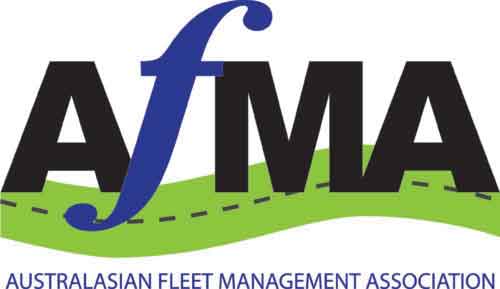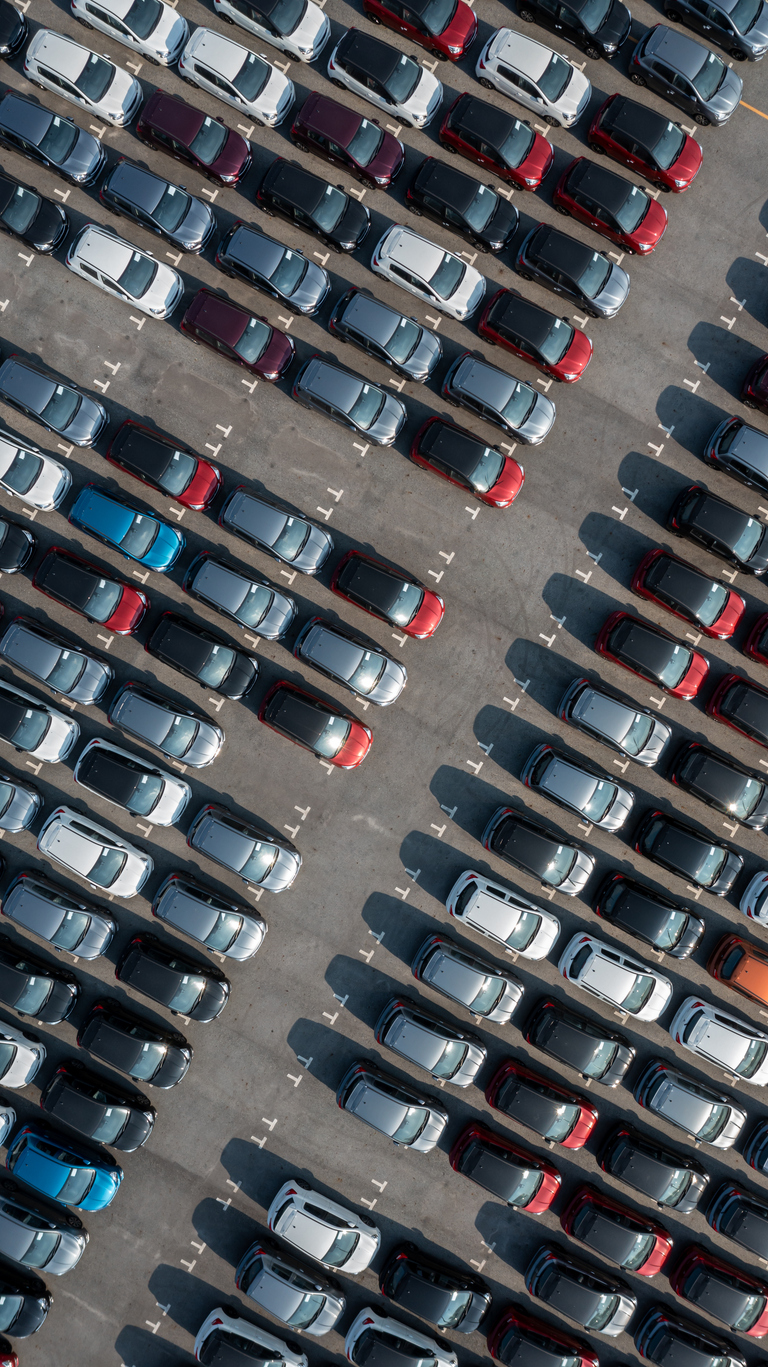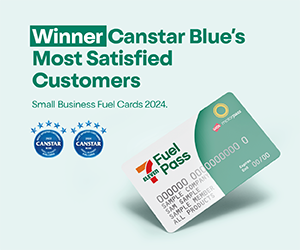Australians bought 90,614 new vehicles in April 2025 representing a 6.8 per cent drop compared to the same time last year. New data from the Federal Chamber of Automotive Industries (FCAI) shows that changes to government rules have affected what people are buying.
One big change is the end of the fringe benefits tax (FBT) exemption for plug-in hybrid electric vehicles (PHEVs), which finished in March. In April, only 2,601 PHEVs were sold, making up just 2.9 per cent of all vehicle sales. Earlier in the year, that number was 4.7 per cent.
FCAI Chief Executive Tony Weber said the numbers show how government decisions can change what buyers choose.
“The earlier inclusion of PHEVs in the FBT exemption played a critical role in making these vehicles accessible to more Australians. Removing that support has led to an immediate and disappointing drop in demand in a price-sensitive vehicle market,” Mr Weber said.
Battery electric vehicles (BEVs) made up 5.9% of sales in April. While this is better than the PHEV result, it shows that Australia still has a long way to go if it wants to meet its clean car targets under the New Vehicle Efficiency Standard (NVES).
“For NVES to succeed, it must be supported by holistic policy settings that assist consumers to move to zero and low-emission technologies, including continued investment in recharging infrastructure,” Mr Weber said.
New Car Market at a Glance
Toyota led the market once again with 19,380 sales. It was followed by Ford (7,334), Mazda (6,573), Kia (6,303), and Hyundai (5,547).
Australia’s best-selling model was the Toyota HiLux with 4,121 sales. Next came the Ford Ranger (4,031), Toyota RAV4 (3,808), Ford Everest (2,234), and Toyota Prado (2,233).
Sales of passenger vehicles saw the biggest decline, dropping by 27.4 per cent compared to the same time last (a decrease of 4,741 vehicles). Light commercial vehicles also fell, down 4.6 per cent with 990 fewer sales. Heavy commercial vehicles saw a sharp drop as well, declining by 20.8 per cent or 901 units. In contrast, the sports utility vehicle (SUV) market remained steady, increasing slightly by 44 vehicles or 0.1 per cent compared to April 2024.
Across the country, every state and territory recorded a drop in new vehicle sales compared to April 2024. The Australian Capital Territory saw the biggest percentage fall, down 17 per cent to 1,198 vehicles. Tasmania also recorded a sharp decline, dropping 18.5 per cent to 1,366 sales. South Australia followed with a 13.6 per cent decrease to 5,864 vehicles. In Victoria, sales fell by 7.9 per cent to 24,410, while New South Wales dropped 7.5 per cent to 27,071. Queensland experienced a 3.2 per cent decline with 20,203 sales, and the Northern Territory slipped 2.4 per cent to 838. Western Australia had the smallest drop, down just 1.4% to 9,664 vehicles.
Did you find this article interesting? Click the ‘heart’ button above to give it a ‘like’!



















